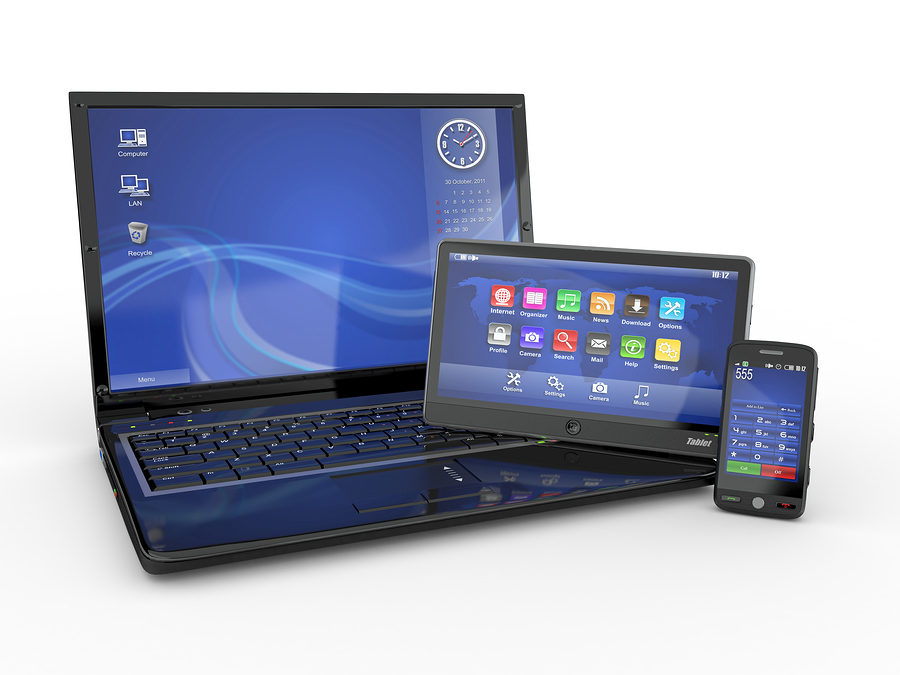- Make It Yourself Lavender Heart-Shaped Bath Bombs!
- 20 Things You Never Knew About “Down There”
- 12 Best Foods For Those Suffering From Arthritis Pain
- 12 Personal Hygiene Mistakes Almost Everyone Makes (Mom Never Told You About #4!)
- 15 Medicinal Plants And Herbs From The Cherokee People
- 12 Mind-Blowing Benefits Of Drinking Coconut Water During Pregnancy
- 12 Outstanding Winter Foods That Won’t Fatten You Up Like A Christmas Turkey
Is Your Smartphone Really Making You Near-Sighted?

Photo credit: bigstock.com
Electronic devices are an integral part of daily life in the modern world. Smart phones, computers and tablets are so ubiquitous, and used so frequently, they have almost become an extension of ourselves. But constant use of electronic devices with screens may have unintended side effects. New research indicates a potential connection between the rise of computer use and a marked increase in myopia.
Myopia, or near-sightedness, is eye condition in which an individual’s vision becomes blurry and unfocused when looking at things at distance. This is caused when the eyeball takes on an oblong, rather than a spherical shape, resulting in distorted vision. Tasks like reading, writing or working on a computer are not a problem for a myopic person, but anything requiring them to focus on objects in the distance (driving, for instance) could be problematic. Near-sightedness may not be debilitating, but it can affect quality of life and ability to function. Myopic individuals usually require correction for their vision by means of glasses, contact lenses, or laser eye surgery.
While myopia has always existed, statistics show a concerning trend regarding the numbers of people with near-sightedness. Over the past past few decades there has been an enormous increase in cases of near-sightedness. In the 1970s, only 25 percent of adults in the United States were near-sighted. Today that number is around 40 percent.
This trend is not confined to the U.S. either. There has been an even greater increase in east Asian nations like South Korea, Singapore, and Japan. Some countries in Asia have levels as high as 80 percent. In the past, Singapore’s military would reject applications for near-sightedness, but now they are forced to accept because they simply would not have enough men to fill their ranks.
Continue to Page 2
































